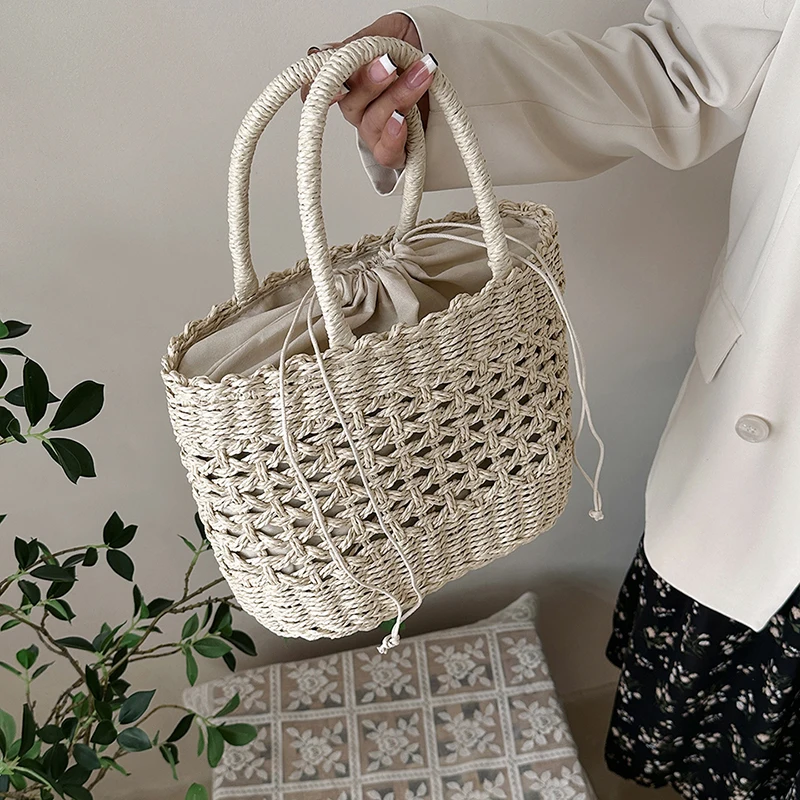
Introduction
Beach bags, synonymous with seaside leisure and sunny escapades, have evolved significantly over time. What began as a practical necessity for carrying beach essentials has transformed into a fashion statement reflecting both style and functionality. Let’s embark on a historical journey to explore the evolution of beach bags.
Early Utility: Practical Beginnings
The origins of beach bags can be traced back to ancient civilizations where people used basic woven baskets or cloth sacks to transport items to the beach. In the 19th century, as leisure activities gained popularity, simple tote-style bags made of sturdy materials like canvas emerged to accommodate beach towels, sunscreen, and snacks.
Rise of Leisure Culture: Victorian Era Influence
During the Victorian era, seaside vacations became a fashionable trend among the affluent. This cultural shift influenced the design of beach bags, with more attention given to aesthetics. Bags adorned with embroidery, lace, and vibrant colors became popular accessories, signaling social status and sophistication.
Innovation and Functionality: 20th Century
The 20th century witnessed advancements in materials and design, shaping the evolution of beach bags. With the rise of mass production and the availability of various fabrics, beach bags diversified in style and utility. Water-resistant materials like vinyl and nylon were introduced, enhancing durability and suitability for beach environments.
Iconic Designs and Pop Culture Influence
As beach culture expanded globally, iconic beach bags emerged. The iconic straw tote, synonymous with coastal vacations, gained popularity during the mid-20th century. This natural, lightweight bag exuded a laid-back yet stylish vibe, cementing its status as a must-have beach accessory.
Fashion Fusion: Contemporary Trends
In contemporary times, beach bags have evolved into fashion-forward accessories. Designers and brands experiment with diverse materials, patterns, and shapes to cater to various preferences. From oversized canvas totes to sleek and waterproof PVC bags, the options are endless. Luxury fashion houses have also introduced high-end beach bags crafted from premium materials, blurring the line between practicality and luxury.
Functional Design and Sustainability
Modern beach bags are not only fashion statements but also emphasize functionality and sustainability. Eco-friendly materials such as organic cotton, recycled plastics, and jute are gaining popularity, aligning with the global focus on environmental conservation. Additionally, the incorporation of compartments, waterproof linings, and detachable pouches adds to the bags’ practicality.
Future Trends: Technology and Sustainability
Looking ahead, beach bags are anticipated to embrace innovative features like built-in solar chargers for gadgets or RFID-blocking pockets for added security. The trend towards sustainable fashion will likely continue, with a greater emphasis on biodegradable materials and eco-conscious manufacturing processes.
Conclusion
The evolution of beach bags from basic utilitarian carriers to stylish and functional accessories mirrors the changing cultural, fashion, and environmental landscapes. From their humble beginnings as practical items to their current status as fashion staples, beach bags remain an essential part of seaside experiences, blending utility with chic aesthetics. As fashion and technology evolve, beach bags will continue to evolve, catering to the ever-changing needs and desires of beach goers worldwide.
